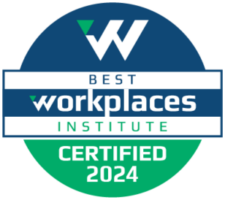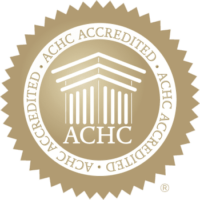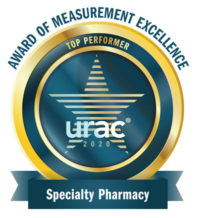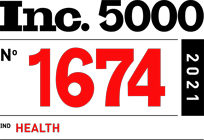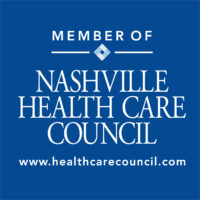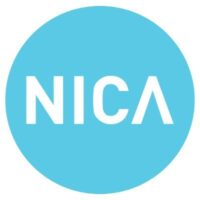 The Joint Commission, accrediting more than 21,000 health care organizations, has new patient safety goals for 2019 to take effect in 2020. The goals highlight safety problems in the current state of healthcare and offer possible solutions. The Joint Commission boiled the goals down to five simple steps, and I’ve summarized their chapter as follows:
The Joint Commission, accrediting more than 21,000 health care organizations, has new patient safety goals for 2019 to take effect in 2020. The goals highlight safety problems in the current state of healthcare and offer possible solutions. The Joint Commission boiled the goals down to five simple steps, and I’ve summarized their chapter as follows:
Identify Residents Correctly:
Identifying a patient incorrectly can lead to a slew of problems from medication mismanagement to improper treatment. For the first encounter with a patient, The Joint Commission recommends using two identifiers to be sure the patient is who they are supposed to be. A patient identifier can include their name, medical record number, birth date, phone number, Social Security number, address, or matching their face to a photo. After the initial encounter, facial recognition is sufficient. The Joint Commission warns that improper identification occurs in all stages of care but using two identifiers can help minimize error when administering services or treatment.
Improve Safety When Using Medications:
Misidentifying a patient and giving them the wrong medication isn’t the only way safety can be compromised when managing medications. As we know, many people take more than one type of medication and healthcare professionals must be aware of the various interactions that can occur. With multiple medications for multiple people, it can obviously become confusing. Seeing this challenge, The Joint Commission advocates for “a complete understanding of what the resident was prescribed and what medications the resident is actually taking.” If a patient is unable or unwilling to assist in this matter, then it can be difficult to obtain accurate information. With developments in technology, however, and increased coordination during care transitions, medication accuracy can be improved and risk reduced. The Joint Commission also recommends resident education regarding their personal prescriptions, medication safety, and the value of maintaining personal medication records when transferring from one care setting to another.
Prevent Health Care-Associated Infection:
The main defense against infection is, according to The Joint Commission, following the hand hygiene guidelines from the CDC or the World Health Organization. Adhering to the hand hygiene guidelines will hopefully reduce infection transmission between staff and residents. Another point of infection that The Joint Commission mentions is the bloodstream. Disinfection of catheter hubs and injection ports is essential.
Fall Prevention:
Falling is not something to be taken lightly. Falling is one of the major causes of injury for patients in any care setting. The Joint Commission has drawn up steps to assess the likelihood of a fall occurring, along with guidelines to prevent a fall from happening. Depending upon which population and what type of care a facility provides, they should evaluate their resident’s risk for falling. An evaluation should include the person’s history of falling, medication review, balance assessment, and whether or not they use a walking aid or assistive technology. Organizations should also strive to make sure the environment is as safe as possible. See here for an infographic about fall-proofing a home. There are also exercises that can be performed to increase balance and strength, minimizing the risk of falling.
Prevent Bedsores:
Just as with falling, bedsores constitute a problem in all health care settings. Organizations should create a written plan for the identification and prevention of bedsores. This consists of an initial resident screening to identify if they are at an increased risk. Regular intervals should also be defined, in which there is a reassessment of a resident’s risk for developing bedsores. The Joint Commission strongly believes in staff education. This is because an educated staff is better equipped to prevent bedsores and treat them when they do occur.
With these five simple steps, patient safety and satisfaction can be greatly improved. With the recent New Year, organizations should find themselves trying to improve from the bottom up, constantly progressing their patient outcomes.
Max Gottlieb is the content manager for Senior Planning. Senior Planning provides free assistance to seniors or the disabled and specializes in long term care—mainly finding and arranging care services and applying for state and federal benefits.






